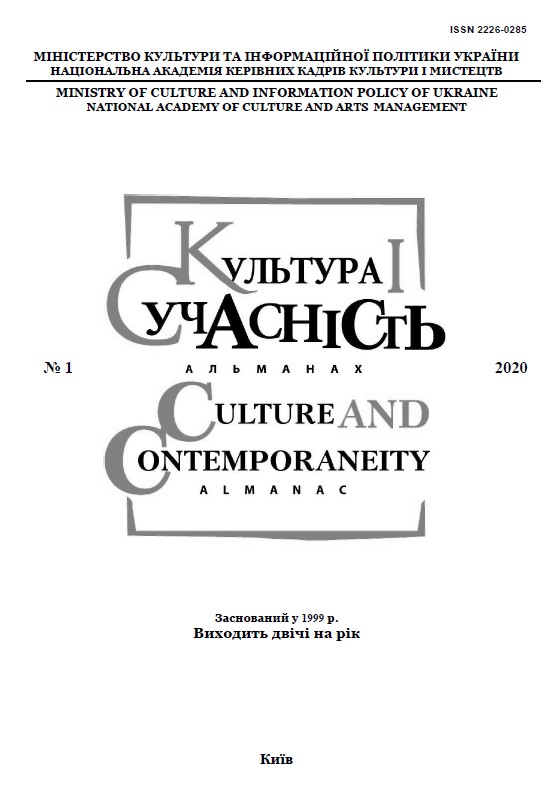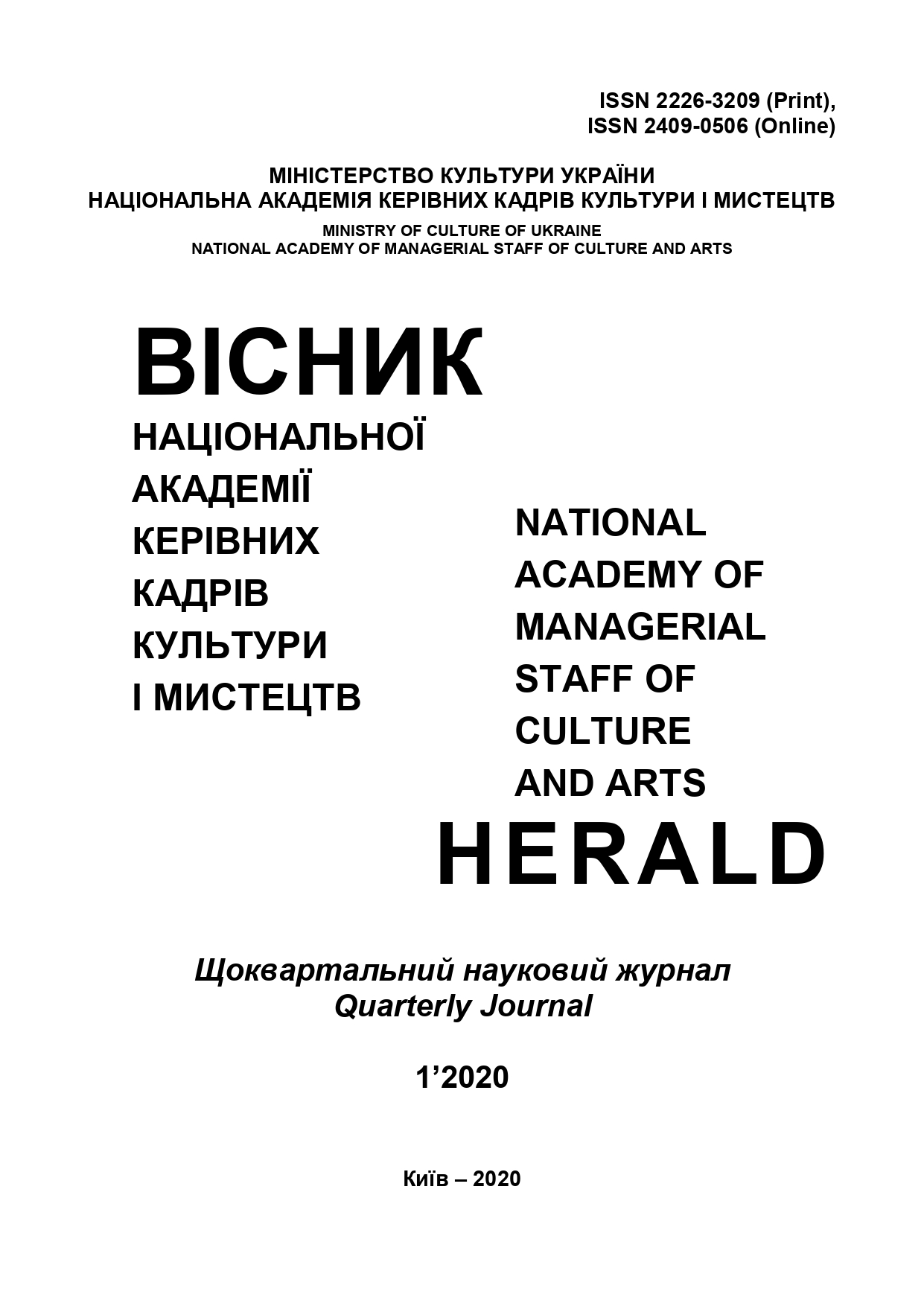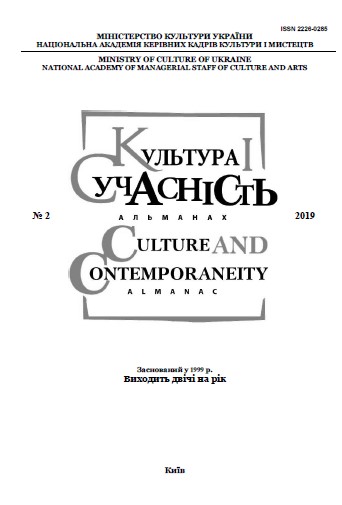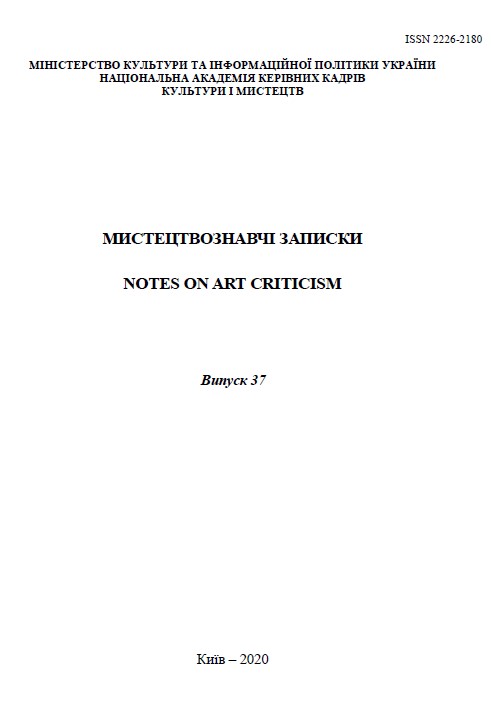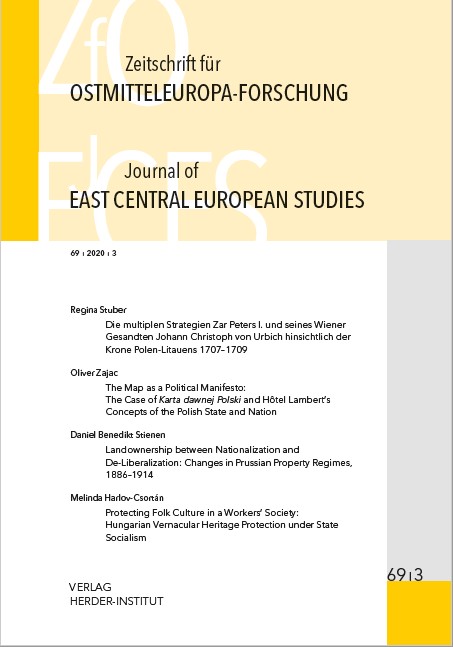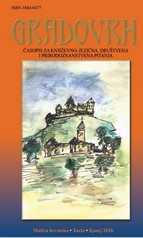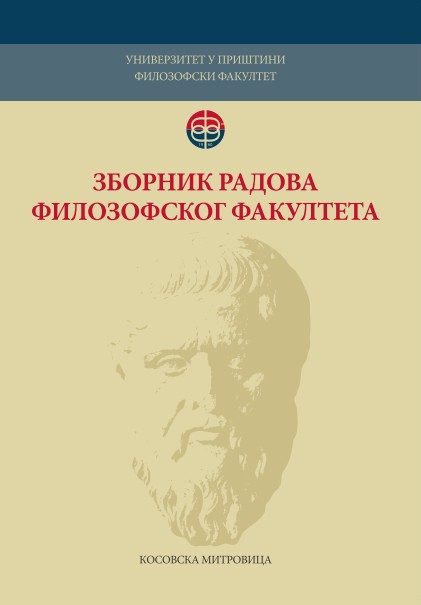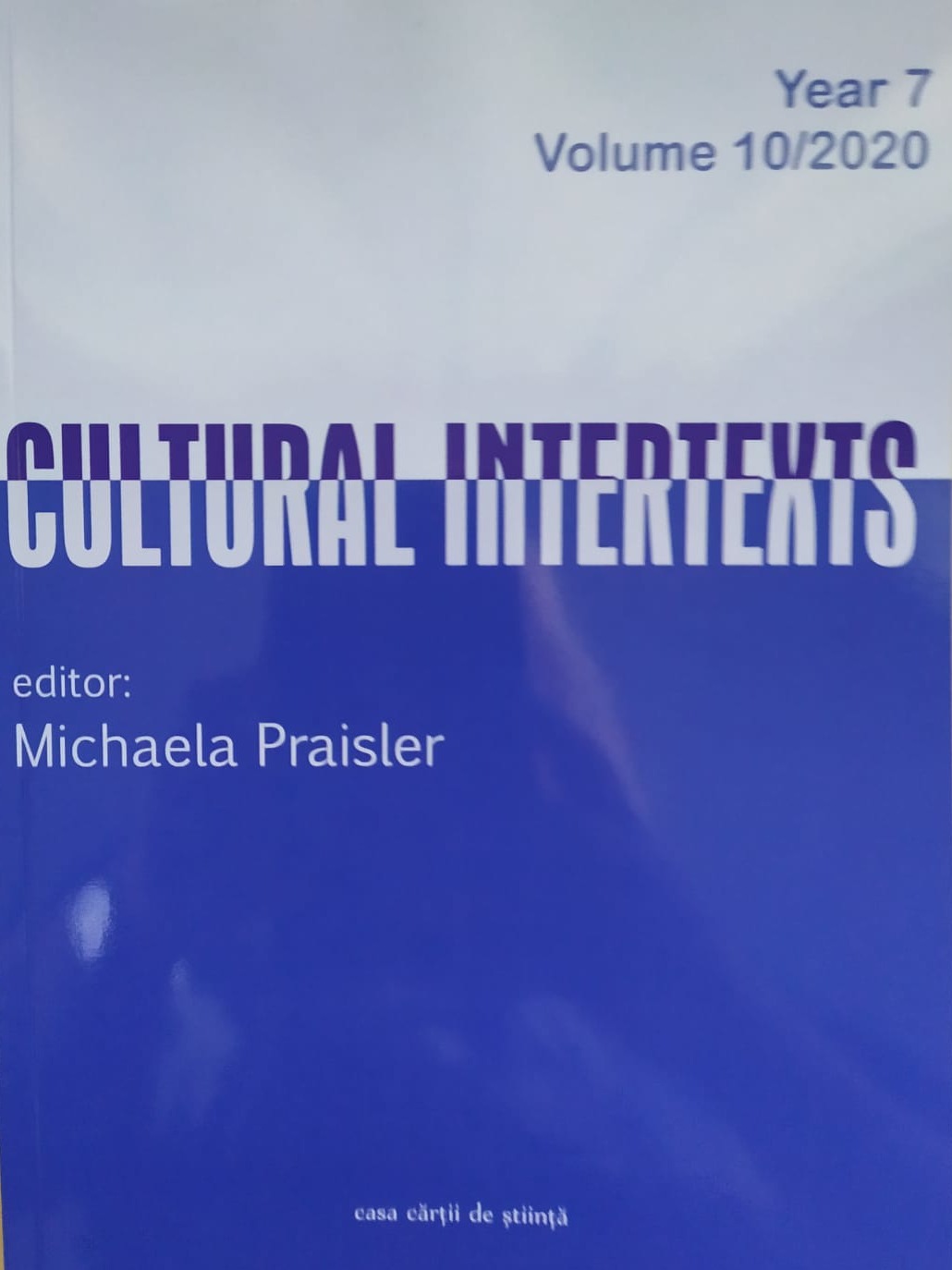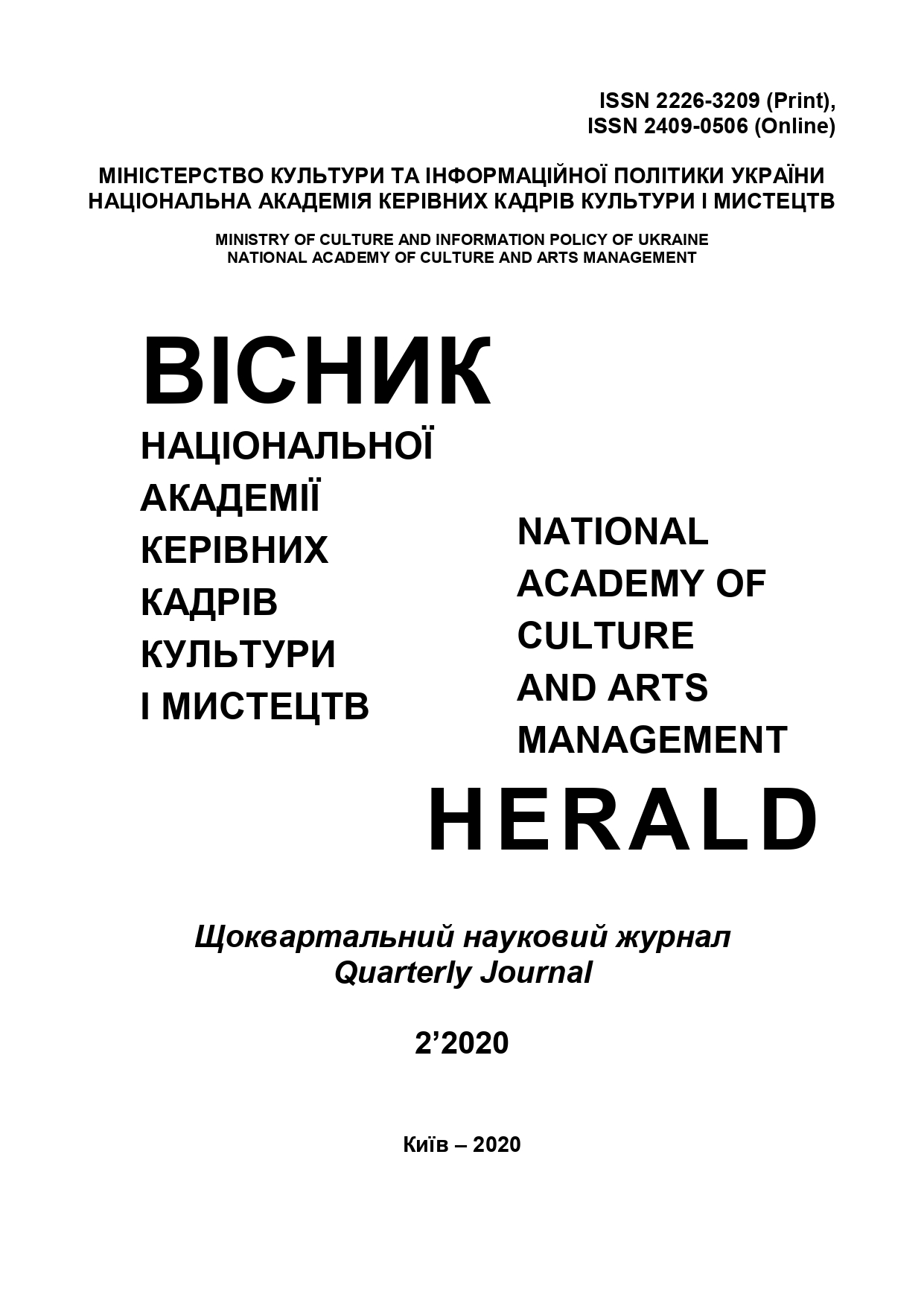
Еволюційні шляхи розвитку фортепіанного етюду в українській музиці XIX-XX століть
The purpose of the article is to identify the poetic-intonational and genre specifics of Ukrainian piano etude XIX-XX centuries. in the context of the style searches of the mentioned period, as well as the general evolution of the genre. The methodology of the work is the intonational concept of music from the perspective of intonational-stylistic, etymological analysis inherited from B. Asafiev and his followers. The following approaches also proved to be essential for this work: analytic musicology; genre-style; interdisciplinary, giving the opportunity to attract concepts from other areas of knowledge-philosophy, art history, cultural studies, etc.; historical and cultural, allowing to identify the factors that contribute to the identification of spiritual-semantic and stylistic specificity of Ukrainian piano etude as an essential component of European instrumentalism of the XIX-XX centuries. The scientific novelty of the article is determined by its analytical perspective, which takes into account not only the identification of the genre-style specificity of a piano etude in Ukrainian music of the late XIX – first half of the ХХ century but also its inscription into the context of the general evolution of the genre. Conclusions. Ukrainian piano etude XIX-XX century – a significant contribution to the historical development of this genre. His samples in the heritage of V. Kosenko, B. Lyatoshinsky, A. Shtogarenko, and others demonstrate not only the stylistic signs of creativity of the authors mentioned but also the familiarity of the Ukrainian piano music with the conceptual and avant-garde typology of the etude, which was formed at the intersection of genre-style searches of European modern culture (neoclassicism, baroque, romanticism), the formation of the Ukrainian national instrumentalism and performing arts.
More...
